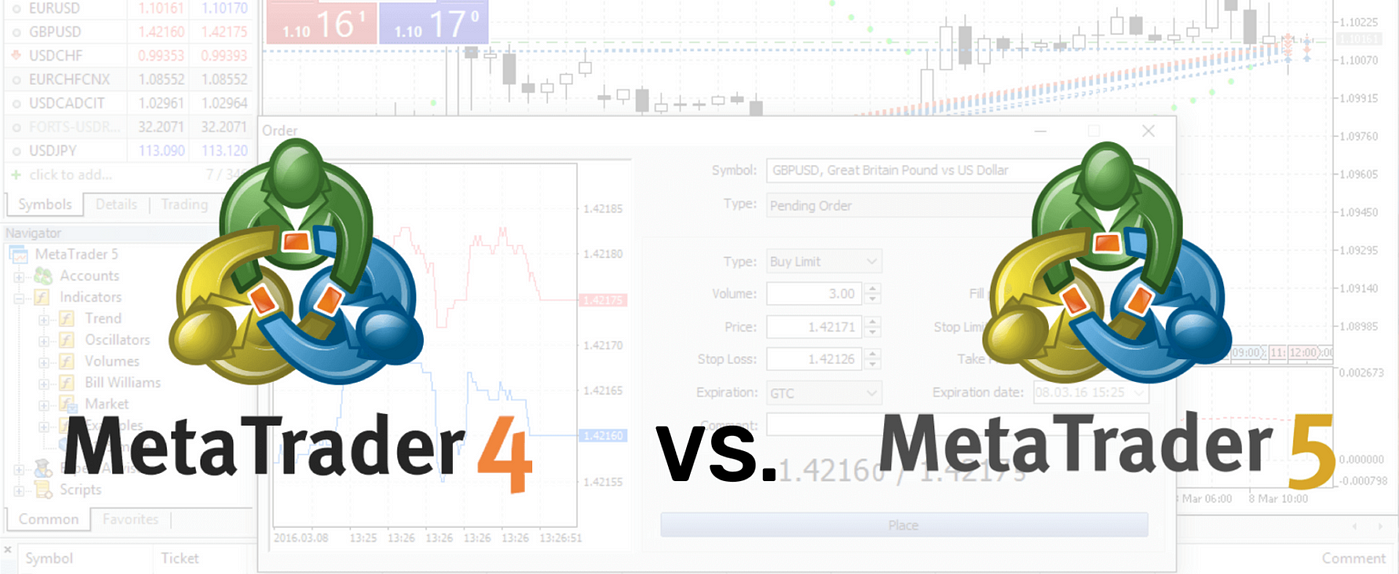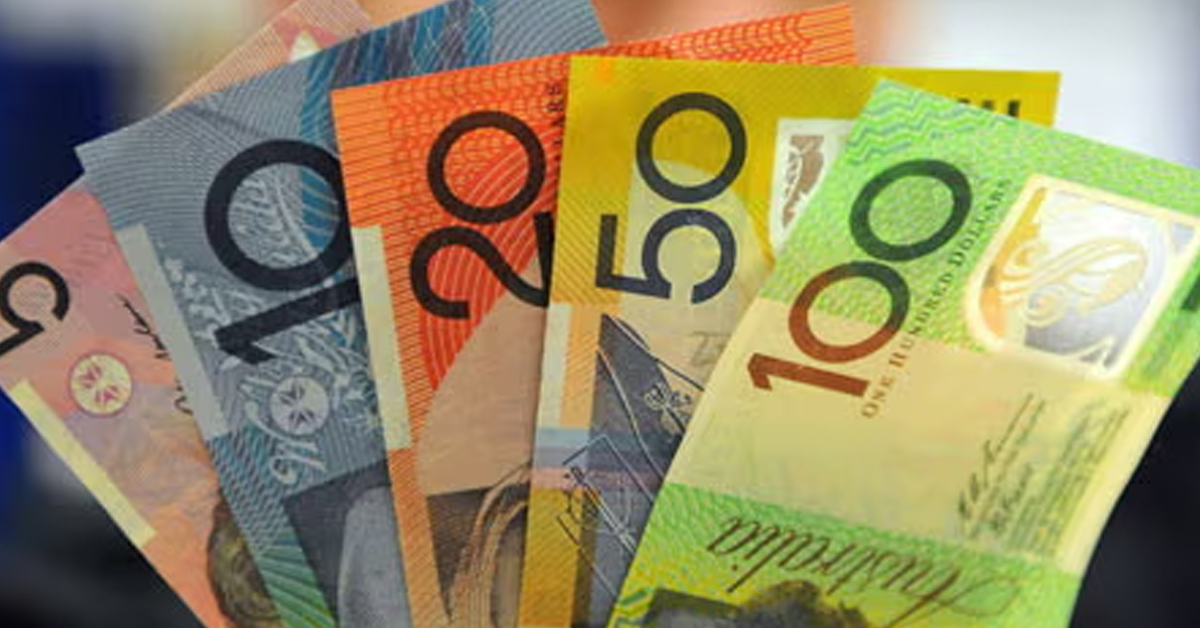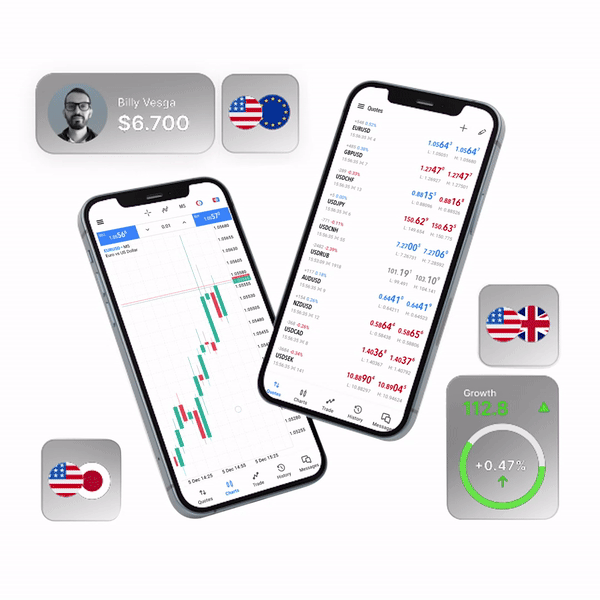Technical Analysis: USD/JPY, EUR/JPY, GBP/JPY
AUD: AIG Construction Index (Performance of Construction) construction Survey of 200 companies which asks respondents to rate the relative level of business conditions including employment, new orders, prices, supplier deliveries, production and inventories, released monthly
JPY: Average Cash Earnings, correlated with spending the more income consumers have, the more they are to increase spending.
JPY : Household Spending, Consumer spending accounts for a majority of overall economic activity Forecast 2.8%
JPY: JGB (Japanese Government Bond) Auction Yields are set by bond market investors, and therefore they can be used to decipher investors’ outlook on future interest rates.
AUD : Interest Rates ,Short term interest rates, The rate decision is usually priced into the market, so it tends to be overshadowed by the RBA Rate Statement, which is focused on the future. Forecast 0.10%
AUD : RBA (Reserve Bank of Australia )Rate Statement, RBA Reserve Bank Board uses to communicate with investors about monetary policy, It contains the outcome of their decision on interest rates and commentary about the economic conditions that influenced their decision
EUR: French Industrial Output, It’s a leading indicator of economic health – production reacts quickly to ups and downs in the business cycle and is correlated with consumer conditions such as employment levels and earnings.
EUR: Spanish Services PMI (Purchasing Managers Index) , It’s positively correlated with interest rates – early in the economic cycle an increasing supply of money leads to additional spending and investment
EUR: Italian Services PMI (Purchasing Managers Index) , Survey of about 400 purchasing managers which asks respondents to rate the relative level of business conditions including employment, production, new orders, prices, supplier deliveries, and inventories.
EUR: French Final Services PMI (Purchasing Managers Index) Above 50.0 indicates industry expansion, below indicates contraction. It’s a leading indicator of economic health – businesses react quickly to market conditions.
EUR: German Final Services PMI (Purchasing Managers Index) , It’s a leading indicator of economic health – businesses react quickly to market conditions, and their purchasing managers hold perhaps the most current and relevant insight into the company’s view of the economy
EUR: Final Services PMI (Purchasing Managers Index), Survey of about 2,000 purchasing managers which asks respondents to rate the relative level of business conditions including employment, production, new orders, prices, supplier deliveries, and inventories
GBP: Final Services PMI (Purchasing Managers Index), Survey of about 650 purchasing managers which asks respondents to rate the relative level of business conditions including employment, production, new orders, prices, supplier deliveries, and inventories.
CAD: International Merchandise Trade, It measures difference in value between imported and exported goods during the reported month, released monthly. forecast 2.9B
USD: Trade Balance, It measures difference in value between imported and exported goods during the reported month. Export demand and currency because foreigners must buy the domestic currency to pay for the nation’s exports.
USD: Final Services PMI (Purchasing Managers Index), It’s a leading indicator of economic health – businesses react quickly to market conditions, and their purchasing managers hold perhaps the most current and relevant insight into the company’s view of the economy.
USD: Non-Manufacturing ISM Report On Business , it measures Level of a diffusion index based on surveyed purchasing managers, excluding the manufacturing industry.
USD: FOMC Member Brainard Speaks regarding vote on where to set the nation’s key interest rates and their public engagements are often used to drop subtle clues regarding future monetary policy
USD: FOMC Member Williams Speaks regarding vote on where to set the nation’s key interest rates and their public engagements are often used to drop subtle clues regarding future monetary policy










